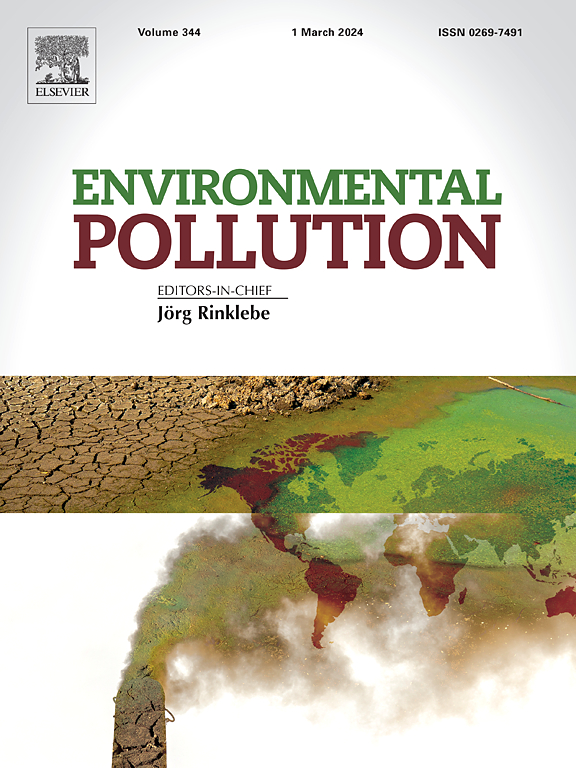Assessment of health risk and identification of pollution sources of heavy metals in water in Chongqing’s wastewater treatment plants based on ICP-MS
IF 7.6
2区 环境科学与生态学
Q1 ENVIRONMENTAL SCIENCES
引用次数: 0
Abstract
Chongqing is located upstream of the Yangtze River and within the Three Gorges Reservoir Area. Boasting a dense hydrological network comprising interconnected rivers, tributaries, and reservoirs, the condition of the natural environment in Chongqing is intrinsically linked to drinking water safety. To evaluate the regional distribution, pollution levels, health risks, and sources of 12 heavy metals, a total of 90 water samples (30 influent sewage, 30 effluent sewage, and 30 tap water samples) were systematically collected from 30 wastewater treatment plants (WWTPs) across Chongqing. Heavy metal pollution index (HPI), heavy metal evaluation index (HEI), degree of contamination (CD), and health risk assessment were utilized in this study to present the findings of a thorough assessment of heavy metal contamination in the region. Meanwhile positive matrices factorization (PMF) was applied to ascertain sources of heavy metals in influent sewage. The results showed that sewage treatment diminished pollutant concentrations. After treatment, Zn, Hg, Pb, and Cr were the primary contaminants in the effluent sewage, significantly surpassing the Class I standard limit for surface water in China. The primary sources of sewage contamination were anthropogenic activities, including agriculture, industry, and transportation. The cumulative health risk from carcinogenic heavy metals surpassed the permissible danger threshold. Cr was responsible for majority of health hazards. These findings indicate the priority control requirements for various heavy metals and establish a scientific foundation for the hierarchical management strategy of heavy metals, optimization of wastewater treatment processes, and the assurance system for drinking water safety.

求助全文
约1分钟内获得全文
求助全文
来源期刊

Environmental Pollution
环境科学-环境科学
CiteScore
16.00
自引率
6.70%
发文量
2082
审稿时长
2.9 months
期刊介绍:
Environmental Pollution is an international peer-reviewed journal that publishes high-quality research papers and review articles covering all aspects of environmental pollution and its impacts on ecosystems and human health.
Subject areas include, but are not limited to:
• Sources and occurrences of pollutants that are clearly defined and measured in environmental compartments, food and food-related items, and human bodies;
• Interlinks between contaminant exposure and biological, ecological, and human health effects, including those of climate change;
• Contaminants of emerging concerns (including but not limited to antibiotic resistant microorganisms or genes, microplastics/nanoplastics, electronic wastes, light, and noise) and/or their biological, ecological, or human health effects;
• Laboratory and field studies on the remediation/mitigation of environmental pollution via new techniques and with clear links to biological, ecological, or human health effects;
• Modeling of pollution processes, patterns, or trends that is of clear environmental and/or human health interest;
• New techniques that measure and examine environmental occurrences, transport, behavior, and effects of pollutants within the environment or the laboratory, provided that they can be clearly used to address problems within regional or global environmental compartments.
 求助内容:
求助内容: 应助结果提醒方式:
应助结果提醒方式:


